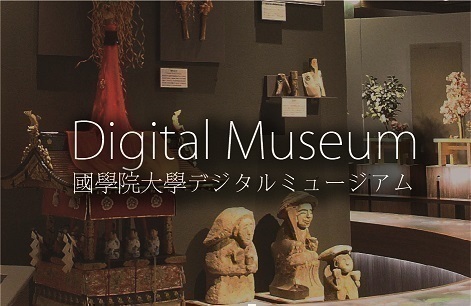- トップ
- Encyclopedia of Shinto
- Ohoshizashi shinji
Encyclopedia of Shinto
| Main Menu: | |
| Links: |
詳細表示 (Complete Article)
| カテゴリー1: | 5. Rites and Festivals |
|---|---|
| カテゴリー2: | Individual Shrine Observances |
| Title | Ohoshizashi shinji |
| Text | "Star pointing rite." A rite held January 11th at the Minami Ikura Hachiman Shrine in Ikurachō, Tamana City, Kumamoto Prefecture. The rite begins a period of purification for the households that oversee the shrine's festivals (tōya). Those households that have been selected by lot (see omikuji) receive a sakaki (Cleyera japonica, an evergreen often used in shrine rituals) from the shrine and plant it in their gardens upon returning home. They sprinkle white sand about and set out a human figure made of paper. They construct a fence for demarcating a sacred area (mizugaki, see tamagaki) around these using thin Medake (or Simon's) and thick Odake bamboo, hang zig-zag paper streamer offerings (shide), and lay out turf within. At the entrance gates to their homes they erect bamboo poles that demarcate taboo boundaries (imidake) and string a rope that serves the same function (shimenawa) between them. Indoors, they build a household altar (kamidana ), put three ritual wands (gohei) in the middle, and open a hole shaped like a square measuring cup (masu) into the right wall of the altar. The tōya households begin their period of purification from this day. In the ohoshi matsuri held October 30–31 at Tsumori Shrine in Mashiki Township, Kamimashiki District, Kumamoto Prefecture, a portable shrine (shin'yo) travels around the twelve areas in the township, spending one year in each. According to tradition, this is because the female kami of the surrounding Sugidō area had bad relationships with the area's male kami and so made her life passing around through each area. Chaos ensues when the shrine is handed over to the next year's area. This is called ohoshiwatashi ("the ohoshi handoff"). The festival's name may refer to the Japanese word for stars if written with one set of Sino-Japanese characters (お星) or to "the Dharma messenger" (御法使) if written with another set. — Mogi Sakae |




